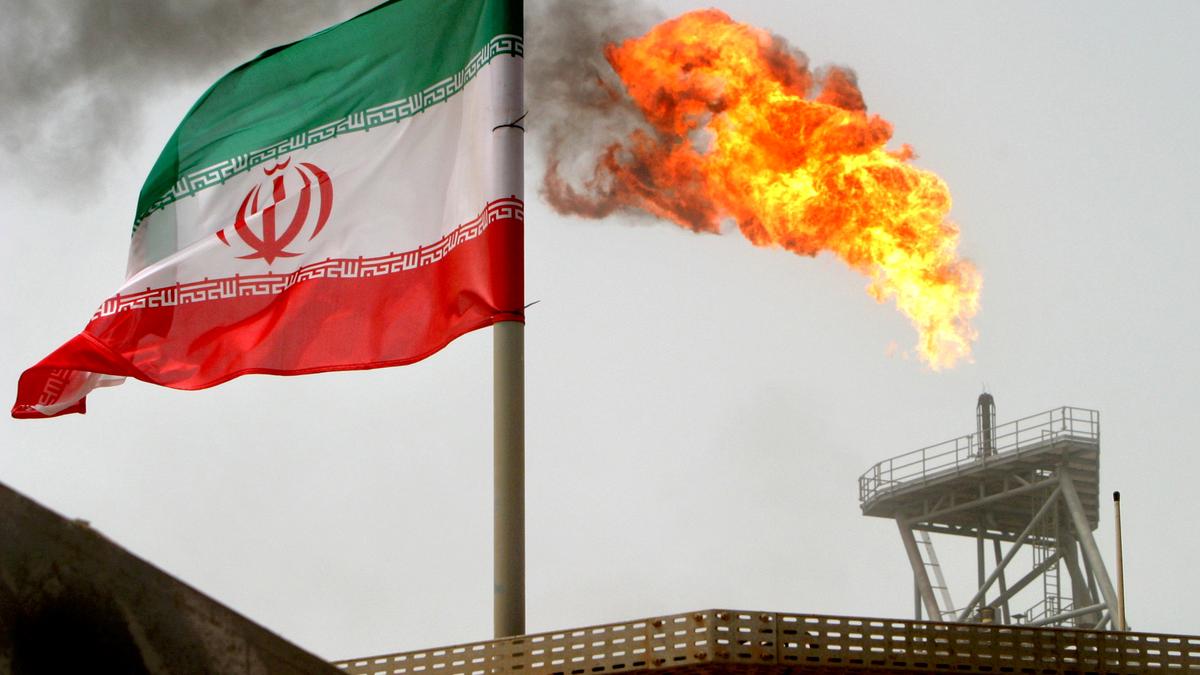



The US government has introduced a new AI export rule, classifying countries into three tiers based on access to advanced AI hardware. India, placed in Tier 2, faces restrictions on the number of GPUs it can import from the US, potentially impacting its efforts to procure 10,000 GPUs for its IndiaAI Mission.

Copyright infringement not intended
Picture Courtesy: Economic Times
The US government has released a new regulatory framework on the export of artificial intelligence (AI) hardware, such as graphics processing units (GPUs), which could have far-reaching consequences for India's AI ambitions.
The new US AI export rule classifies countries into three tiers based on their access to advanced AI hardware, including GPUs (Graphics Processing Units).
India is placed in Tier 2, meaning it faces restrictions on the number of GPUs it can import from the US. This could significantly impact India’s ongoing efforts to procure 10,000 GPUs for its IndiaAI Mission, which aims to strengthen its AI computing infrastructure.
The export limits could slow down India’s plans to build its AI data centres and expand its AI computing capacity.
Although the rule’s full impact on large companies is yet to be seen, India may face difficulties in scaling up its AI infrastructure as it seeks to build a competitive edge in AI research and development.
Tier 1: It includes the US’s closest allies, such as Australia, Japan, and the UK. Countries in this group face minimal export restrictions, which allow them to access AI chips and GPUs without limitations.
Tier 2: Countries like India are in this middle tier. They face limits on how many advanced AI chips they can import, capped at around 50,000 GPUs through 2027, though this could double with special agreements. These imports must be hosted in secure and trusted environments.
Tier 3: Includes countries that the US considers a security concern, like China, Russia, and North Korea. These countries face almost total restrictions on the export of US AI technology.
A special provision called the General Validated End User (GVEU) list has been introduced for India and China.
Indian companies with GVEU authorization can use the exported AI technology for both civilian and military purposes, except for nuclear applications.
Chinese companies are only allowed to use the technology for civilian purposes.
These provisions ensure that both countries can access advanced technology but with some limitations, particularly on military uses in India’s case.
Nvidia criticizes new export regulations for lack of legislative review, arguing they could undermine America's AI technology leadership.
Nvidia believes the new rules would impose bureaucratic controls on the design and marketing of US semiconductor products globally, potentially stifling innovation.
The company claims that, instead of enhancing national security, the regulations could weaken the US's global competitiveness, which could benefit other nations that are not bound by such restrictions.
The enforcement of the new rules depends on the incoming Donald Trump administration. Under the previous Trump administration, the US industry developed with fewer regulatory restrictions to encourage competition and innovation. Given the differences in approach between the Biden and Trump administrations, there may be a policy shift once Trump takes office.
Must Read Articles:
BASICS OF ARTIFICIAL INTELLIGENCE
ARTIFICIAL INTELLIGENCE PREPAREDNESS INDEX (AIPI)
TECH PREDICTIONS FOR 2025: RISING ABOVE THE AI LINE
Source:
|
PRACTICE QUESTION Q.Discuss how Artificial Intelligence (AI) can contribute to the economic transformation of India. 150 words |




© 2025 iasgyan. All right reserved